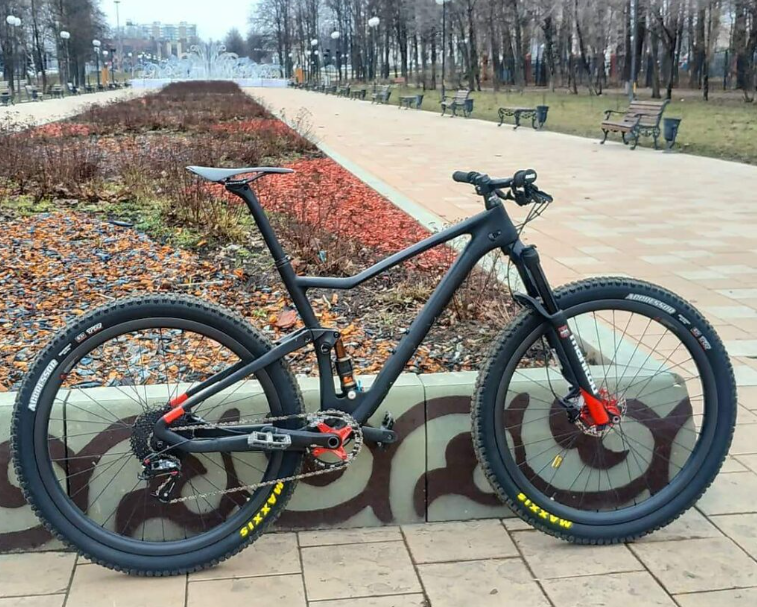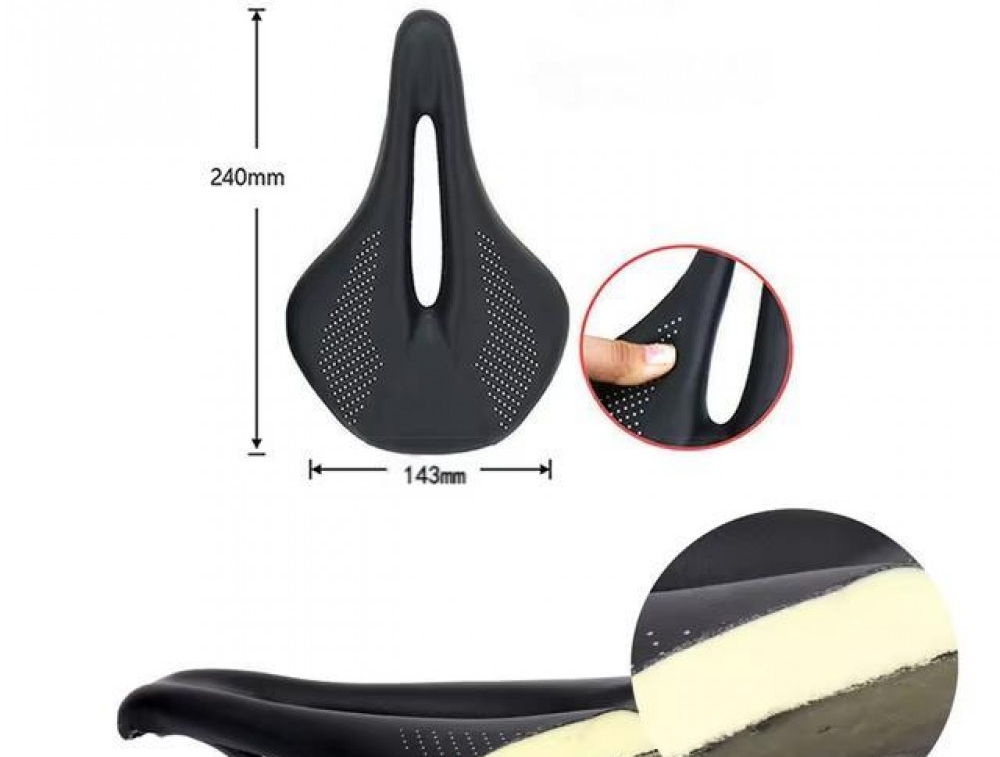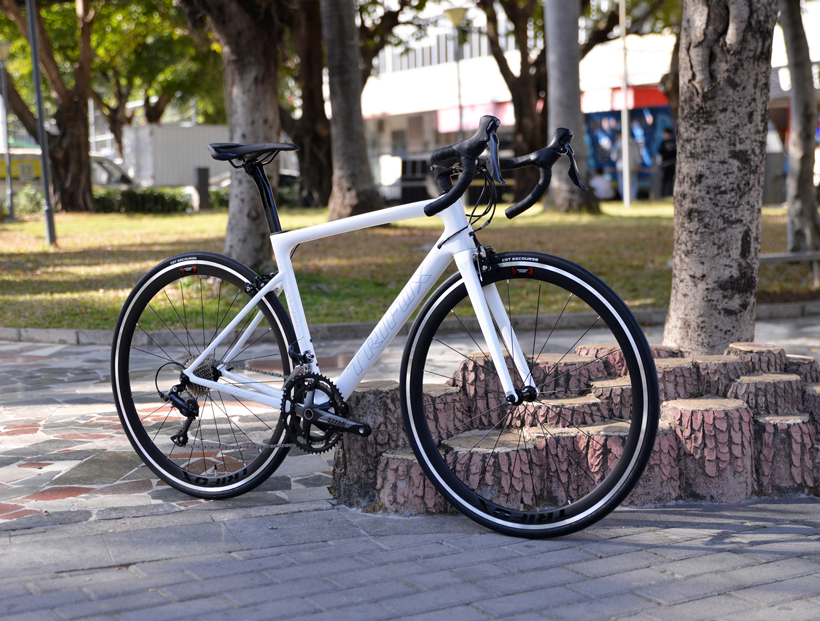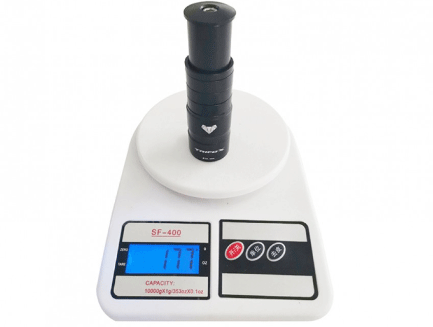1. Single pivot point system suspension
Main structure: Single pivot point system is currently the most common type of front and rear shock absorber. The lever of this system only uses one bearing to connect to the frame, and the position of its upper bearing determines the riding performance of the car. Like Cross Country, the bearings are mostly at the height of the middle chainring; the bearing position of the freeride model is relatively higher and slightly forward.
Advantages: lightweight, cheap, and easy to maintain.
Disadvantages: easy to shake and easy to be interfered with by the transmission system.
Technology: Most of the Single pivot point system adopts a compromise approach, so it is recommended to use the rear shock absorber of the stepping platform.
2. Linkage-driven Single-pivot Suspension
Main structure: The rear suspension system of this structure is most easily confused with the four-pivot point system suspension because the two are the same in terms of the number of pivot points; but from the functional point of view, the function of this rear body is the same as that of a single pivot point The system is very similar. In this structure, there is no link connecting the main bearing of the pedal bearing and the rear wheel shaft. Simply put: it is a single pivot point system suspension with multiple pivot points.
Advantages: good rigidity, no uneven load of unilateral shock absorbers.
Disadvantages: It is easy to shake due to more bearings.
Technology: If a rear shock absorber with a stepping platform is used, its performance can be greatly improved.
3. four-bar linkage system Suspension
Main structure: It is a design method in which the bearing point on the chain bracket is located before the rear suspension. This is the difference between the four-pivot point system and the multi-pivot point system. In this way, the rear wheel moves on a turn formed by four bearing points. For example, on Specialized models, the rear wheels are vertically upward to absorb shock. In this case, the shock absorber must also operate independently of the chain.
Advantages: extremely flexible action, no interference from the transmission system.
Disadvantages: There is a bearing, which is slightly too heavy.
Technology: Since there is no interference from the transmission system, there is no need for a rear shock support system with a stepping platform or just a lighter one.
4. four-bar linkage Suspension without sinking
Main structure: It is a kind of Four-pivot point system suspension. In this structure, the rear wheel absorbs shock obliquely behind. In addition, its shock absorbers also have no reverse easing stroke. In the event of a collision, the shock absorber will immediately pull away from the chain guide bar after absorbing the shock, which will also cause annoying subsequent shaking.
Advantages: No shaking, stable even when cycling in a standing position.
Disadvantages: Need to do the precise adjustment, comfort will be affected.
Technology: There is no need for a rear shock absorber to step on the platform because the shock absorber system has already taken anti-shake measures.

5. Floating link system
Main structure: Although the floating connection system looks extremely complicated, it is basically a four-bar system without compromise. Its special feature is that the shock absorber is suspended between the revolving rod and the connecting rod. This design allows it to have fine acuity and a lower center of gravity.
Advantages: high acuity, good transmission system, low center of gravity.
Disadvantages: complex frame structure design is required.
Technology: With ordinary springs, this floating connection system can perform extremely well, and there is no shaking when pedaling.
6. Virtual Pivot Point (VPP) system
Main structure: This virtual Pivot Point turning point system is driven by two revolving rods to drive the entire rear wheel, using its cushion stroke to make an S-shaped turning motion. In this way, the shock absorber will automatically be positioned at a position without interference with the transmission system when stepping on it.
Advantages: no obvious shaking when stepping on.
Disadvantages: Need to be carefully adjusted, flexibility is not high, there is a slight kickback phenomenon.
Technology: A rear shock absorber with a stepping platform is not very needed, and it can only improve its standing cycling function.
7. Single link system
Main structure: In this single connection suspension system, the pedal bearing is connected to the frame and the rear wheel in a mobile manner, thus forming a mixed structure of multiple links and transmission links. The stronger the rider’s pedaling force, the less stress the suspension system will bear.
Advantages: There is no shaking when riding in a standing position, and the body is stable when pedaling.
Disadvantages: If the rider leaves the seat cushion, the shock absorbers will not be sensitive enough.
Technology: There is no need for a rear shock absorber with a stepped platform because the system itself has almost no shaking.





















































































